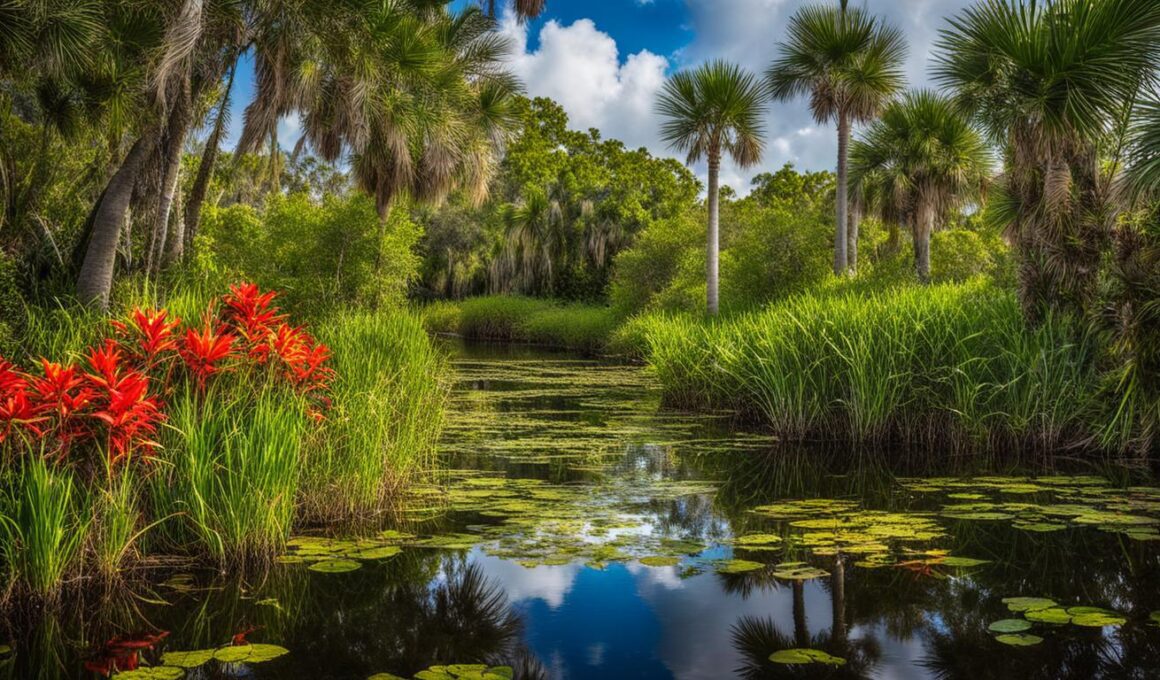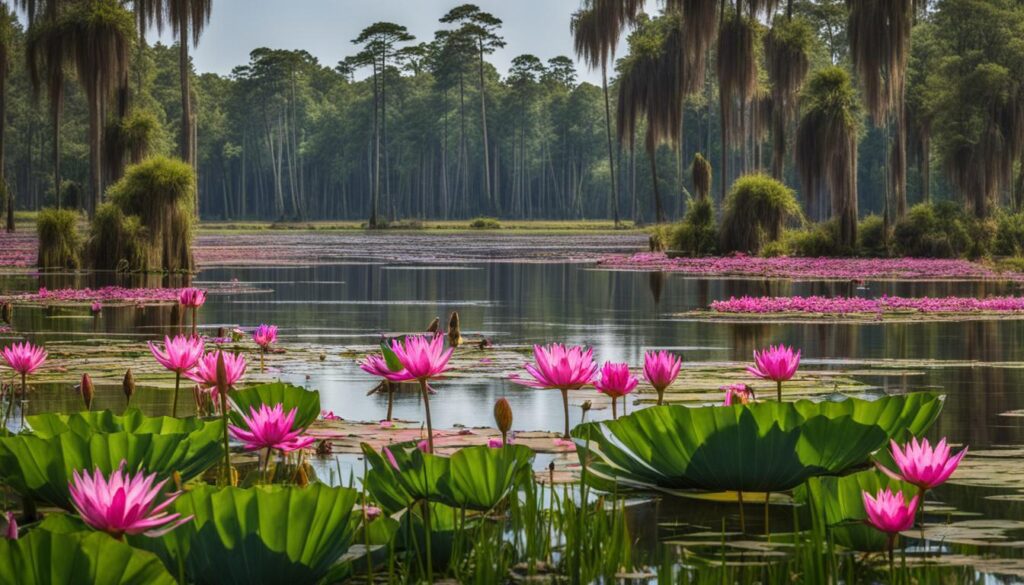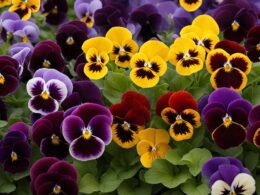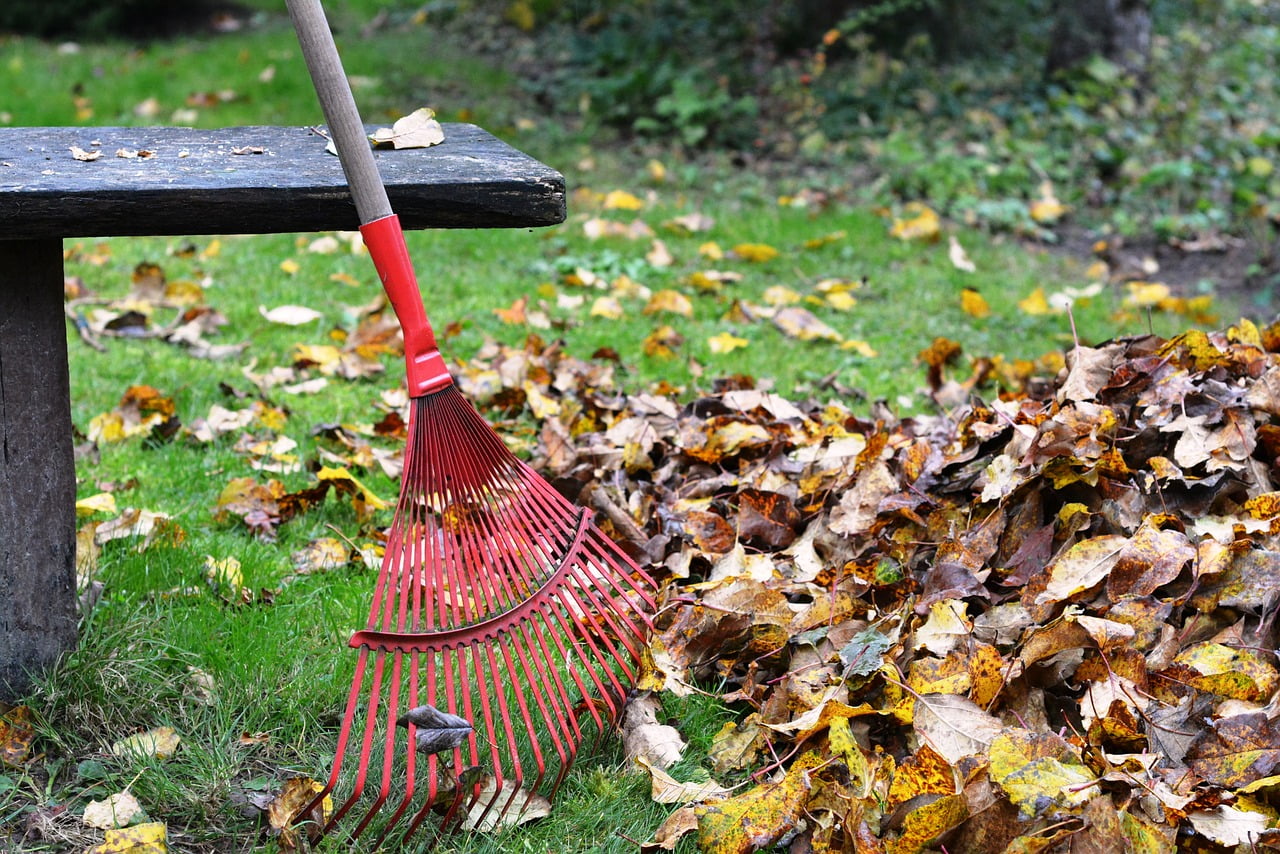Welcome to the fascinating world of the Everglades National Park, where an extraordinary variety of plants thrive in a truly unique ecosystem. Nestled in the heart of southern Florida, this sprawling park is a testament to the diverse plant life that flourishes in the confluence of temperate North America and the tropical Caribbean.
Among the many remarkable plant species that call the Everglades home, bromeliads, cacti and succulents, grasses, lichens, marine plants/algae, orchids, and wildflowers stand out. These plants thrive in the optimal growing conditions provided by the hydrological patterns and the quality of source water found in this region.
However, the Everglades’ plant life has not been without its challenges. Human impacts, such as drainage and the introduction of exotic pest plants, have significantly affected the distribution of vegetation in the park. Despite these challenges, a remarkable number of native plant species, including some that are endemic and protected, still exist in the Everglades.
At the heart of the Everglades’ uniqueness lies its vibrant and diverse ecosystem. The plant diversity plays a crucial role in sustaining the delicate balance of this ecosystem, making it a captivating destination for nature enthusiasts and researchers alike.
Join us as we delve deeper into the native plants of the Everglades, their role in the ecosystem, and the ongoing efforts to preserve this invaluable treasure.
Native Plants of the Everglades
The Everglades is teeming with a diverse array of native plant species that play vital roles in maintaining the delicate balance of its unique ecosystem. These native plants have adapted to the specific conditions and challenges of the Everglades, making them essential for the survival of numerous wildlife species and the overall health of the environment.
One of the key contributors to the Everglades ecosystem is the photosynthetic periphyton. Found in the shallow waters of the park, periphyton forms a vital foundation for the entire food chain in the Everglades. It consists of various algae, cyanobacteria, and other microorganisms that provide essential nutrients and energy for many aquatic species.
Within the Everglades, you can also find a variety of broad-leaf trees that anchor hardwood hammocks and tree islands. These trees, including species like gumbo-limbo, mahogany, and live oak, provide crucial shelter and nesting habitats for numerous birds, mammals, and reptiles.
In addition to broad-leaf trees, the Everglades is home to various wetland plants that have adapted to the area’s unique hydrological conditions. Sawgrass, a salt-loving plant, dominates large areas of the Everglades and helps regulate water flow, filter pollutants, and provide nesting sites for birds. Mangroves, with their intricate root systems, offer protection to coastal areas from erosion and storm surges while providing important habitat for countless fish, birds, and other wildlife.
No discussion of the native plants of the Everglades would be complete without mentioning the remarkable orchids that flourish within the park. With 39 native orchid species documented, the Everglades boasts one of the most diverse orchid populations in North America. These delicate and beautiful flowers add to the allure and biodiversity of the Everglades, embodying the resilience and adaptability of native plants.
Overall, the Everglades is host to approximately 750 other species of native seed-bearing plants. Unfortunately, many of these native plant species face significant threats and are classified as threatened, endangered, or critically imperiled in south Florida. Human alterations of the landscape and the invasion of non-native species have disrupted the natural balance of the Everglades ecosystem. Despite these challenges, native plants within the Everglades have demonstrated their resilience and ability to adapt, showcasing their importance in maintaining the ecosystem’s delicate harmony.
By protecting and preserving these native plants, we can ensure the long-term health and viability of the Everglades ecosystem. Their continued presence ensures a sustainable habitat for wildlife, sustains the natural beauty of the region, and contributes to the overall conservation efforts in safeguarding this remarkable natural treasure.
Wildlife and Habitats in the Everglades
The Everglades is internationally renowned for its extraordinary wildlife. This iconic national park in south Florida is home to a diverse range of species, making it a paradise for nature enthusiasts and wildlife lovers.
The Everglades wildlife includes over 360 bird species, including magnificent wading birds like ibises, spoonbills, egrets, herons, and wood storks.
The Florida panther, one of the most endangered mammals, finds its refuge in the expansive wilderness of the Everglades. Dolphins, manatees, alligators, crocodiles, and a variety of snakes also thrive in this unique ecosystem.
The diverse habitats found within the Everglades provide sanctuary and sustenance for this rich wildlife. Freshwater sloughs, cypress swamps, pinelands, coastal lowlands, and mangroves create a patchwork of diverse habitats.
These habitats support a complex web of life, allowing multiple species to coexist and thrive. For example, the mangroves provide nesting grounds for numerous bird species and act as a nursery for countless marine organisms. The freshwater sloughs, on the other hand, serve as feeding grounds for wading birds.
Unfortunately, these habitats and the species that depend on them are facing significant threats. Invasive species, habitat loss due to urban development, and altered water flows caused by human interventions pose serious challenges to the Everglades ecosystem.
Conservation efforts, such as the Comprehensive Everglades Restoration Plan, have been implemented to restore the Everglades and protect its diverse wildlife. These initiatives aim to improve water flow, combat invasive species, and preserve the delicate balance of this vital ecosystem.
By protecting the Everglades and its habitats, we ensure the survival of its unique wildlife and contribute to the preservation of one of the world’s most exceptional natural treasures.
Conclusion
The Everglades, a unique and biodiverse ecosystem, faces numerous challenges due to human-induced factors such as invasive species, habitat loss, altered water flows, and climate change. However, there are ongoing efforts to restore and protect this invaluable natural treasure.
The Comprehensive Everglades Restoration Plan, approved in 2000, plays a crucial role in addressing these challenges. By improving water flow, preventing new invasions, and restoring the natural balance of the Everglades, this restoration plan aims to safeguard the ecosystem’s integrity.
Restoring the Everglades not only preserves the park’s beauty but also ensures the provision of essential ecosystem services. Clean water and flood protection are vital benefits that the Everglades offers to nearby communities.
Through dedicated conservation and restoration efforts, we can protect the unique plants, wildlife, and overall ecological health of the Everglades. By recognizing the importance of Everglades conservation, we safeguard this iconic natural treasure for future generations to enjoy.
What Unique Ecosystem Features Do Everglades Plants Share with Native Plants of Alabama?
The unique ecosystem features of Everglades plants are similar to those of native plants in Alabama. Both thrive in wetland habitats and are adapted to periodic flooding, high humidity, and nutrient-poor soil. These plants have evolved to withstand the specific environmental conditions of their respective regions.










